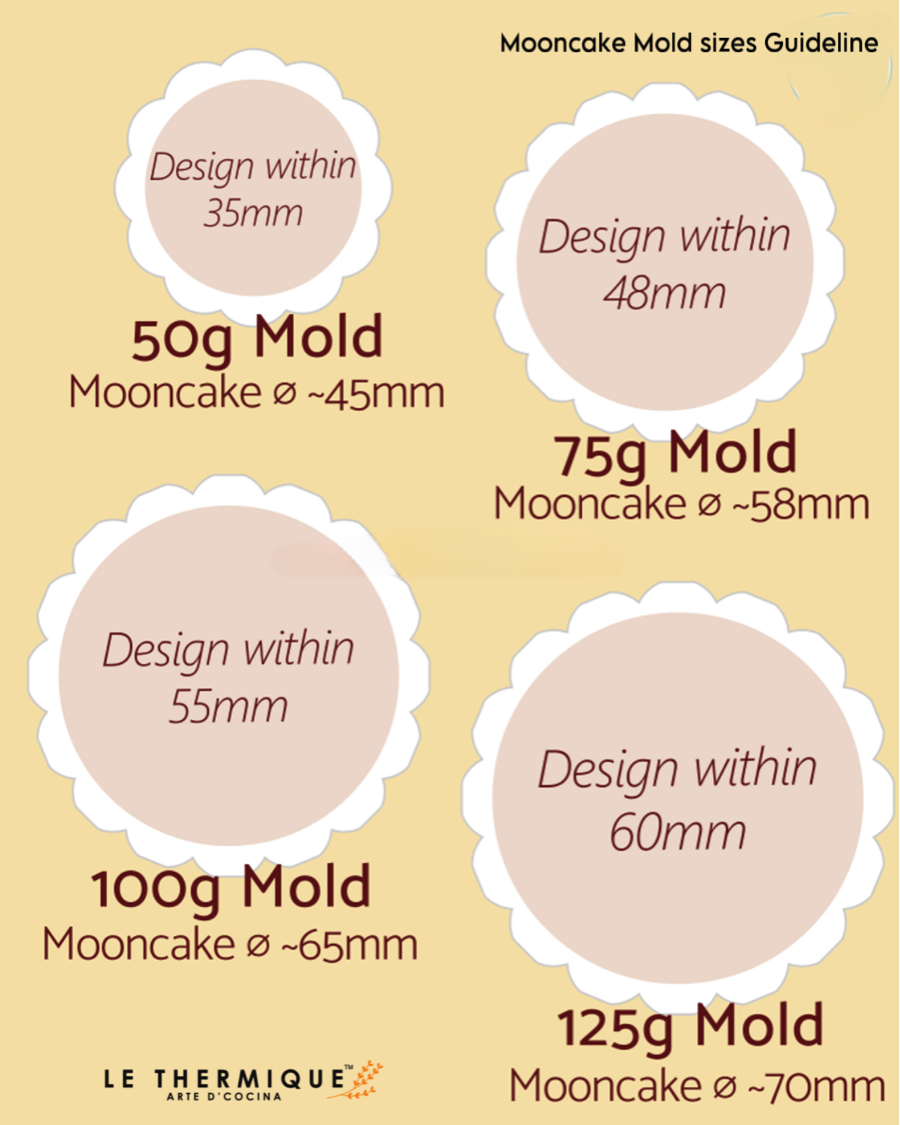Importants:
1.Golden syrup is also called inverted sugar syrup. It is an amber-colored syrup made from sugar, but has a much richer texture and a deep aroma than a simple syrup. It also contains acid, which is a requirement for mooncake making. It is prepared by boiling the regular sugar with an acid such as lemon juice until it becomes a thick amber-colored syrup. The golden syrup will create a tender and moist cake that keeps its shape despite being paper thin, and can be shaped into delicate patterns.
*Notes: You can use honey as the substitute, and omit the lye water as honey is not acidic. (Lye water neutralize the sourness of golden syrup). However, the pastry may not be as soft as those made with golden syrup, and the color of the pastry is on the lighter side. It also tends to be slightly sweeter than mooncake that made with golden syrup with the same quantity.
2. Lye-Water (kansui/枧水) is used to neutralize the acid introduced by the golden syrup, resulting in a sweet pastry with no sourness. The amount of kansui also determines the tenderness and color of the cake. The color will be light yellow if you don’t add enough kansui, or dark brown if you add too much.
3. Cake flour is ideal for making mooncake. It has sufficient gluten to form the dough but is not too much that will harden the soft pastry.
*Notes: How to adjust the dough. Since the ratio of kansui to golden syrup is fixed, you should not change their quantities (it’s unlikely you can change them both, due to the small quantity of kansui added in a recipe). When you follow a recipe and it turns out that the dough is too soft to work with or too tough to knead, you should only add oil or flour to adjust the consistency of the dough.
Thickness of the mooncake skin. The answer is, you should keep it thin, really thin. Otherwise, the decorative pattern won’t come out very clear, and the bottom of the cake will be fat.
4. Egg wash. Use one egg yolk with one table spoon of water then sieve it. The egg yolk is more smoothen to apply.
5. The baking process includes two phases, no matter what temperature you use.
Bake it at the middle rack, 175°C/350°F top and bottom temperature for 8 – 10 minutes until the surface start to firm up , you should see the edges of the mooncakes start to turn golden.. During this phase, the mooncake takes its shape and the dough hardens.
Notes I: Some mooncake recipes use a different temperature but it is all acceptable. It is essential to let it firm up before removing them to apply the egg wash. Otherwise, it will end up with a blurred pattern.
Take out the mooncakes and apply egg wash only after the surface hardens. If you apply egg wash too early, it can easily ruin the pattern. Use a kitchen paper towel to remove any excess egg wash trapped in the gaps of the pattern.
For the second phase, return the mooncakes to the oven and continue baking until the surface turns dark golden. It usually takes another 8 to 11 minutes, depending on the oven temperature.
Notes II: If you find that the mooncake cracks during baking, try to spray some water to the mooncake before baking. It should be only one or two sprays from a distance so that there will be no excessive water lands on any part of the mooncakes.
Let the mooncakes rest long enough to reveal their color and turn soft. Just as wine needs time to mature, you need to let mooncakes rest to get the best texture and flavor. Traditional Cantonese mooncakes typically need to rest 24 to 72 hours. The mooncakes will be very flaky and crumbly right after baking. They turn very hard as they cool down, and their texture will become soft and moist again after two to three days as the oil seeps out from the filling , this process is known as oil release o oil return (hui you – 回油).
6. Mold sizes.

